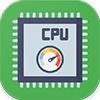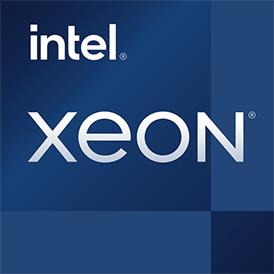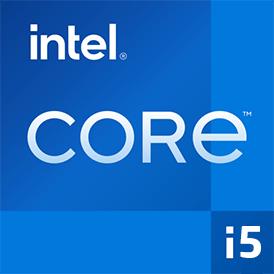 Geekbench 3, 64bit (Multi-Core)
Geekbench 3, 64bit (Multi-Core)
|
|
Intel Xeon E3-1230 v3
4C 8T @ 3.3 GHz
|
13125
|
|
|
Intel Core i5-7500
4C 4T @ 3.4 GHz
|
12167
|
 Estimated results for PassMark CPU Mark
Estimated results for PassMark CPU Mark
|
|
Intel Xeon E3-1230 v3
4C 8T @ 3.3 GHz
|
6777
|
|
|
Intel Core i5-7500
4C 4T @ 3.4 GHz
|
6028
|
 Geekbench 6 (Multi-Core)
Geekbench 6 (Multi-Core)
|
|
Intel Xeon E3-1230 v3
4C 8T @ 3.3 GHz
|
4108
|
|
|
Intel Core i5-7500
4C 4T @ 3.4 GHz
|
3685
|
 Geekbench 3, 64bit (Single-Core)
Geekbench 3, 64bit (Single-Core)
|
|
Intel Core i5-7500
4C 4T @ 3.4 GHz
|
4055
|
|
|
Intel Xeon E3-1230 v3
4C 8T @ 3.3 GHz
|
3460
|
 Geekbench 5, 64bit (Multi-Core)
Geekbench 5, 64bit (Multi-Core)
|
|
Intel Xeon E3-1230 v3
4C 8T @ 3.3 GHz
|
3754
|
|
|
Intel Core i5-7500
4C 4T @ 3.4 GHz
|
3091
|
 CPU-Z Benchmark 17 (Multi-Core)
CPU-Z Benchmark 17 (Multi-Core)
|
|
Intel Xeon E3-1230 v3
4C 8T @ 3.3 GHz
|
1899
|
|
|
Intel Core i5-7500
4C 4T @ 3.4 GHz
|
1580
|
 Geekbench 6 (Single-Core)
Geekbench 6 (Single-Core)
|
|
Intel Core i5-7500
4C 4T @ 3.4 GHz
|
1260
|
|
|
Intel Xeon E3-1230 v3
4C 8T @ 3.3 GHz
|
1217
|
 Geekbench 5, 64bit (Single-Core)
Geekbench 5, 64bit (Single-Core)
|
|
Intel Xeon E3-1230 v3
4C 8T @ 3.3 GHz
|
983
|
|
|
Intel Core i5-7500
4C 4T @ 3.4 GHz
|
961
|
 Cinebench R15 (Multi-Core)
Cinebench R15 (Multi-Core)
|
|
Intel Xeon E3-1230 v3
4C 8T @ 3.3 GHz
|
722
|
|
|
Intel Core i5-7500
4C 4T @ 3.4 GHz
|
617
|
 iGPU - FP32 Performance (Single-precision GFLOPS)
iGPU - FP32 Performance (Single-precision GFLOPS)
|
|
Intel Core i5-7500
4C 4T @ 3.4 GHz
|
422
|
 Cinebench R11.5, 64bit (Multi-Core)
Cinebench R11.5, 64bit (Multi-Core)
|
|
Intel Xeon E3-1230 v3
4C 8T @ 3.3 GHz
|
7.7
|
|
|
Intel Core i5-7500
4C 4T @ 3.4 GHz
|
6.5
|
 Cinebench R11.5, 64bit (Single-Core)
Cinebench R11.5, 64bit (Single-Core)
|
|
Intel Core i5-7500
4C 4T @ 3.4 GHz
|
2.0
|
|
|
Intel Xeon E3-1230 v3
4C 8T @ 3.3 GHz
|
1.7
|

